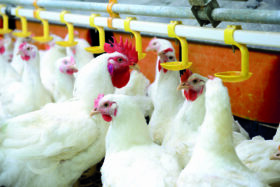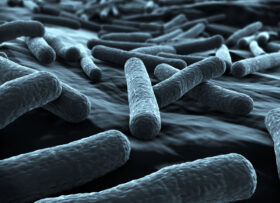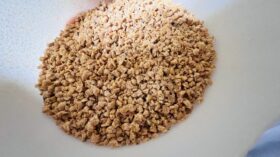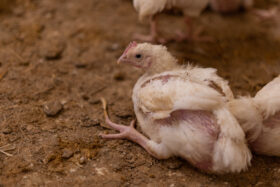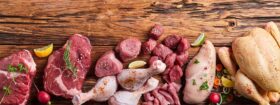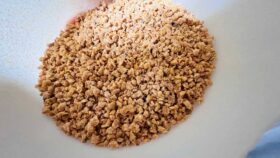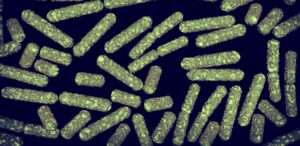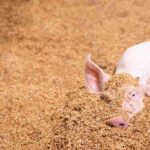By Marisabel Caballero, Global Technical Manager Poultry, EW Nutrition
More than five months after the start of the war in Ukraine, we are facing severe challenges in many aspects of our daily lives. The livestock industry is not excepted: the conflict affects the availability and prices of grains, fertilizers, oil, and biofuel, with the latter two having a direct impact on freight rate and shipping time.
Livestock producers face challenging times and must be rational and creative to continue managing profitable operations.
 Increased prices for feed materials and energy
Increased prices for feed materials and energy
Which strategies are available?
Maintaining performance and profitability during price hikes generally requests a combination of different nutritional strategies to, at least partially, compensate for the higher costs:
- using alternative feed ingredients such as by-products (while considering their limitations in terms of inclusion and quality)
- eliminating or reducing safety bands (especially to already used by-products)
- revising the use of feed additives according to current challenges in feed ingredients and at farms
- following on the previous one: strategic uses of enzymes, emulsifiers, and feed additives that may help the animals to improve their FCR.
By-products can partly compensate for high feed-ingredient prices
Over the last few decades, industrial and agricultural by-products from crops, vegetables, and fruit processing have been widely evaluated and used in livestock. As a result, many studies have been conducted to determine the nutritional composition of straws and residues from food manufacturing.Now more than ever, by-products are needed since more of the leading agricultural products will be taken to feed the human population instead of animals.
Agricultural by-products can be classified into various types: straws, brans, midds, cakes, meals, and industry residues, among others. Their price is typically lower than traditional energy and protein sources, making them suitable alternative ingredients to potentially reduce the overall cost of the diet.

Wheat milling by-product
The use of by-products – to what must be paid attention?
To guarantee safety and effectiveness, just as with any other feedstuff, it is necessary to check the nutrient composition of the alternative ingredients using feed composition tables and laboratory analysis. Besides the composition and nutrient concentration, the availability of these nutrients and palatability are critical parameters to consider. The feed/animal producer, when purchasing by-products, should:
- try to find his by-product sources close to the feed production site to reduce costs with logistics and transportation
- collect and test samples right after the by-products are delivered
- check if the feed mill is ready to handle and process those ingredients, especially when they are bulky or have flowability issues;
- compare the difference in animal performance and cost per unit produced when using traditional grain-soybean meal diets vs. by-product ingredients.
Processing for improving by-products’ quality
The safety and nutritional availability of by-products can be improved by chemical, physical, and biological treatments. Physical processes, such as drying, grinding, peeling, pelleting, extruding, and expanding, increase surface area and can deactivate certain anti-nutritional factors. Biological processes include the use of enzymes and microbial fermentation to tackle anti-nutritional factors and increase the nutritional value and digestibility of by-products.
Be aware of the possible risks of by-products!
With all the economic benefits and positive impacts on animal performance, we must not lose sight of the possible risks and health issues that by-products might imply.
Mycotoxins can be a problem
Most agricultural by-products have a higher moisture content than traditional ingredients. High-fiber and high-moisture materials can quickly become contaminated by molds that produce mycotoxins, undermining animal performance or even leading to death (Juan et al., 2017; Peng et al., 2018).

Fusarium ssp. produce mycotoxins such as fumonisins, trichothecenes (DON, T-2 toxin) or zearalenone
Anti-nutritional factors negatively impact animal health
In addition, some agro-industrial by-products contain anti-nutritional factors (glycoalkaloids, tannins). These substances impair feed digestibility and affect animal performance (Jimenez-Moreno et al., 2019). Also, a high fiber content in the diet containing by-products limits the performance (Pereira et al., 2019).
Additives can help with cost reduction
Due to the increase in feed prices, it is also necessary to review the strategies for using feed additives in animal production. Enzymatic complexes or packages, mannanases, phytases, and xylanases, among others, might be a helpful option to maximize the yield of existing diets. For example, Edward et al. (2000) reviewed the benefits of using phytase for better phosphorus utilization in the diet (a raw material that also suffers from price increases since much of it is imported from China). However, the enzymes must be used properly. Nutritionists trying to create profitable formulations must check the availability of the substrate before including the enzyme in their formulation.
Other feed additives such as toxin binders reduce the exposure of animals to possible increased levels of mycotoxins. Gut health-improving additives such as pro/pre-biotics, phytomolecules, and MCFAs support gut health and performance, achieving similar levels as traditional diets.
These applications should be thoroughly evaluated as the return from their application may be interesting in increased by-products diets.
Using by-products in poultry means balancing several factors
In poultry feeds, using by-products to increase sustainability and cost-reduction is supported by ample research and practice, especially in feed for broilers and laying hens. Research focuses on finding the risks of the inclusion of various by-products and thus the levels at which their inclusion doesn’t hurt health and performance.
In summary, to use by-products in poultry diets, their cost, availability, nutritional composition, anti-nutritional factors, quality, as well as interaction and cost-effectiveness with feed additives (e.g., enzymes, toxin binders) must be considered to avoid or diminish the factors hindering animal health and performance.
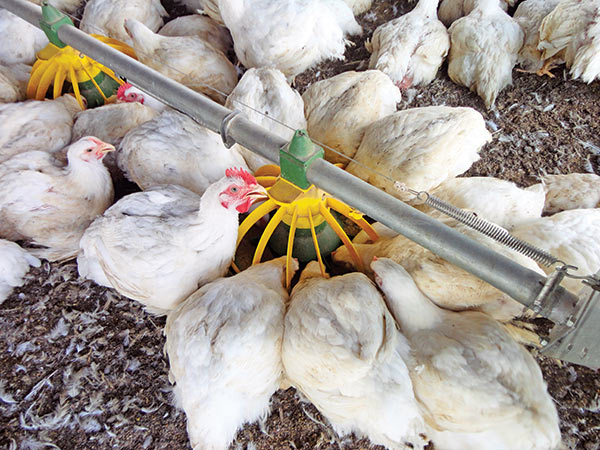 Several factors must be considered when using by-products in poultry nutrition
Several factors must be considered when using by-products in poultry nutrition
DDGS are a valuable source of proteins – but limited inclusion
DDGS provide protein, energy, water-soluble vitamins, xanthophylls, and linoleic acid (Abd El-Hack et al., 2015). However, it also contains anti-nutritional factors such as non-starch polysaccharides (NSP) (Pedersen et al., 2014). A further disadvantage is their high danger of mycotoxin contamination (Schaafsma et al., 2009), even though Wang et al. (2007) and Damasceno (2020) indicate that up to 16% of DDGS can be included in broilers’ diets without negatively affecting health, performance, and meat characteristics.
Rice brans are one of the main available grain by-products
Rice brans constitute 10% of the paddy rice and thus represent a considerable global volume of the available grain by-products. As a feed ingredient, it is rich in protein, starch, fat, vitamins, and some trace minerals (Sanchez et al., 2019). Due to their susceptibility to oxidation (rancidity) and anti-nutritional factors such as phytase and trypsin inhibitors (Gallinger et al., 2004), the limit recommended for this by-product in poultry is around 10% (Hosseini et al., 2020; Sanchez et al., 2019).
Wheat by-products – optimally used with enzymes
Wheat by-products can also be a substitute for whole grains in poultry feeds; however, their NSP content can affect the viscosity of the digesta (Knudsen, 2014). When combined with enzymes (e.g., xylanase), wheat midds can be included in broiler and layer diets up to 30% without changes in performance (Abudabos, 2011; Salami et al., 2018). Dietary fiber has gained special attention due to its various beneficial effects on poultry. In this direction, moderate amounts of wheat bran – a source of insoluble fiber – have shown improved antioxidant status, gizzard development, intestinal digestive enzyme activities, and morphology in broilers (Shang et al., 2020).
By-products support pigs’ performance
When by-products are fed to pigs, swine nutritionists have reported that many of them can support pig growth and finishing performance and meat quality as well as immune response, milk yield, and milk quality in reproductive animals, among other productive parameters (Yang et al., 2021). For instance, Dong et al. (2019) concluded that, from a nutritional perspective, ingredients such as highland barley, buckwheat, glutinous broomcorn millet, non-glutinous broomcorn millet, and Chinese naked oat could potentially substitute corn in livestock feeding. Or as another example, Liu et al. (2019) suggest in their study that mulberry leaf can contribute to improvements in meat quality, with no adverse effects on the growth performance of finishing pigs. (Dong et al., 2019).
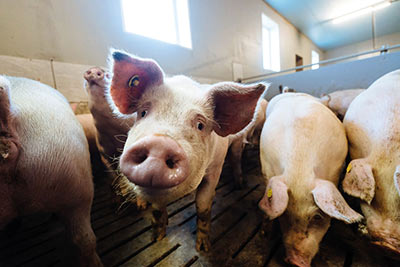
Pigs are susceptible to antinutritional factors
Especially pigs are susceptible to anti-nutritional factors
There are many different types of anti-nutritional factors that work in various ways. In swine feed, common anti-nutritional factors lower protein and amino acid digestibility and increase endogenous amino acid losses (Souffrant, 2001). This effect causes reductions in carcass yield for finishing pigs (Soto et al., 2019).
Options are available to compensate for the higher feed prices
Nutritionists have several options to optimize animal performance in the context of price increases. However, it is necessary to have a more holistic view of the business to know which of all the alternatives are the most suitable for each system. Understanding the strengths and weaknesses of each ingredient and feed additive and considering them in the light of literature and field data will yield the best understanding of how to use them effectively in successful animal production.


